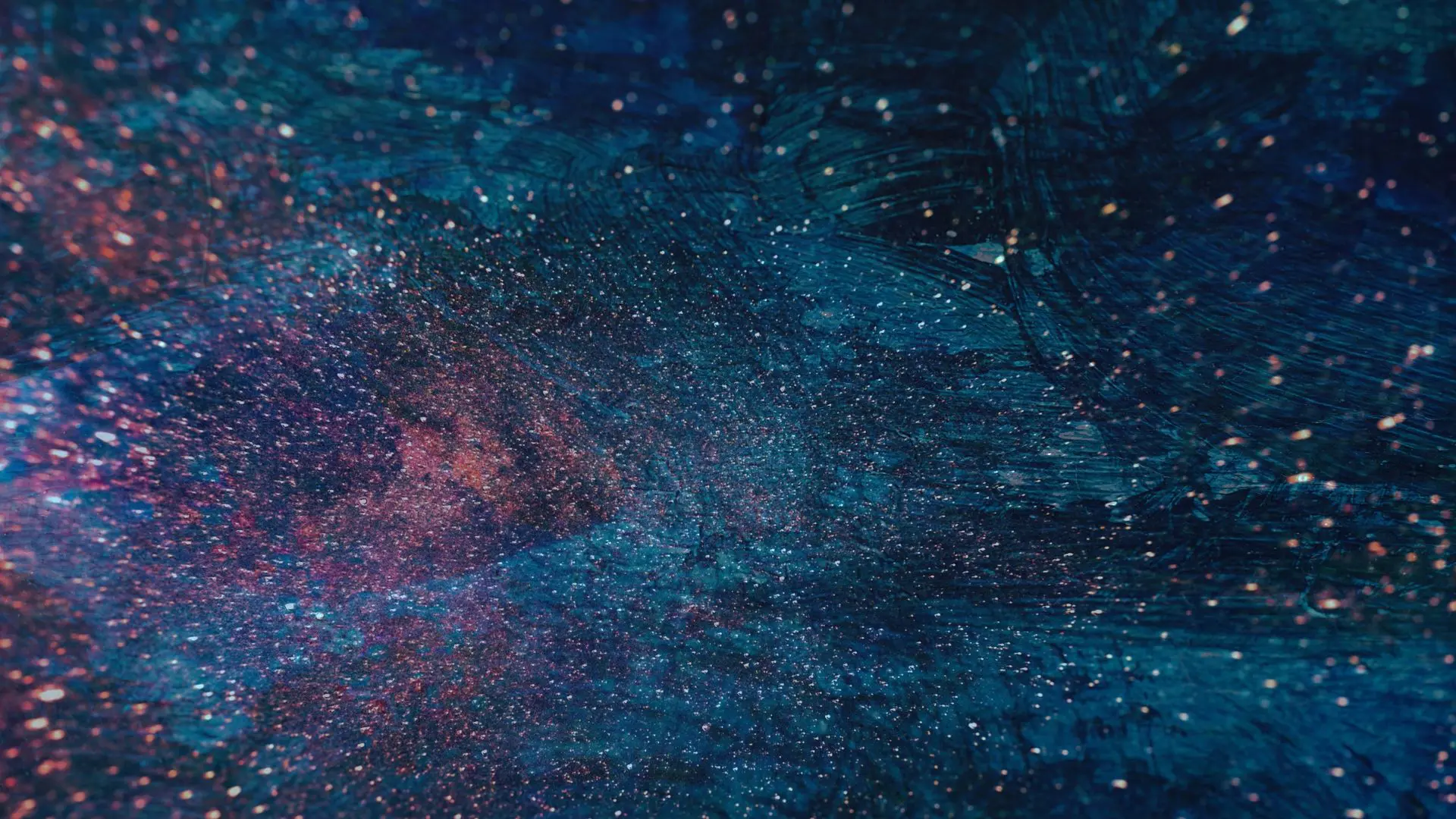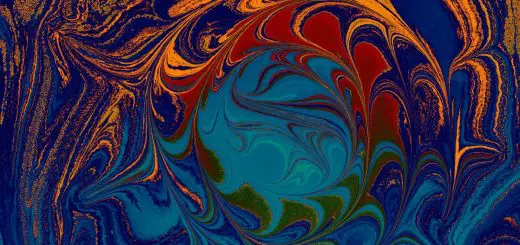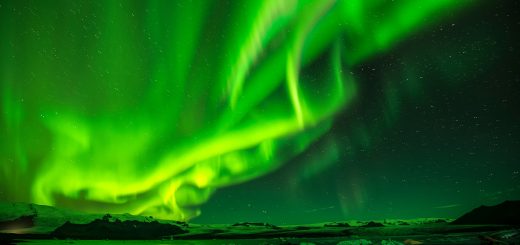Unveiling the Mysteries of Wendigo in Canada

Looking for more amazing products? Check out our online store and explore our collection here! Happy shopping!
Before diving in, please note: This post is for informational purposes only. If you’d like to know more about how we approach topics, feel free to check out our friendly Disclaimer Page.
Hey there, amazing readers! 
We’re committed to delivering quality posts, and your support (even just sticking around despite the ads) means everything to us. So, bear with us, and thanks for helping us keep the good vibes rolling. Now, on to the fun stuff!
TRANSLATE BUTTON AT THE END OF THE ARTICLE
A Quick Overview
The legend of the Wendigo has long been a source of fascination and fear in Canadian folklore.
This mythical creature, often depicted as a malevolent spirit or monster, is said to roam the forests of Canada, preying on unsuspecting victims.
The Wendigo is believed to possess supernatural powers and an insatiable hunger for human flesh.
In this article, we will delve into the mysteries surrounding the Wendigo, exploring its origins, historical accounts, cultural significance, characteristics, and modern-day sightings.
Exploring the Legend of the Wendigo
The Wendigo is a creature deeply rooted in the oral traditions of Indigenous peoples in Canada, particularly among the Algonquian-speaking tribes.
It is commonly described as a towering, emaciated figure with glowing eyes, sharp teeth, and long, skeletal limbs.
According to legend, the Wendigo is a malevolent spirit that possesses individuals who have engaged in acts of cannibalism or extreme greed, turning them into ravenous monsters.
Origins of the Wendigo Myth
The origins of the Wendigo myth can be traced back to the Algonquian tribes of the Great Lakes region, where stories of the creature were used to enforce social taboos against cannibalism and greed.
The Wendigo was believed to embody the destructive forces of nature and the consequences of violating spiritual laws.
Over time, the legend of the Wendigo spread to other Indigenous groups in Canada, each adding their own interpretations and variations to the story.
Historical Accounts of Wendigo Encounters
Throughout Canadian history, there have been numerous accounts of Wendigo sightings and encounters, often associated with times of famine and hardship.
One of the most famous cases is that of Swift Runner, a Cree trapper who in 1879 murdered and cannibalized his family during a harsh winter.
He claimed to have been possessed by the Wendigo spirit, leading to his execution.
Cultural Significance of Wendigo in Canada
The Wendigo holds a significant place in Canadian Indigenous cultures, serving as a cautionary tale about the consequences of greed, selfishness, and disrespect for nature.
The legend of the Wendigo is often used to teach moral lessons and reinforce traditional values, emphasizing the importance of community, reciprocity, and harmony with the natural world.
Characteristics and Traits of the Wendigo
In folklore, the Wendigo is characterized by its insatiable hunger for human flesh, its ability to mimic human voices, and its supernatural strength and speed.
It is said to possess a cold, icy heart and to be impervious to traditional weapons.
The Wendigo is also associated with winter, snow, and the desolation of the wilderness.
Psychological Explanations for Wendigo Syndrome
In recent years, some scholars and psychologists have suggested that the Wendigo legend may be a manifestation of cultural anxieties and psychological phenomena.
Wendigo Syndrome, a term coined to describe the psychological condition associated with a consuming desire for human flesh, has been linked to conditions such as psychosis, schizophrenia, and obsessive-compulsive disorder.
Wendigo in Canadian Art and Literature
The Wendigo has captured the imagination of artists, writers, and filmmakers in Canada, inspiring a diverse range of creative works.
From paintings and sculptures to novels and movies, the Wendigo has been portrayed in various forms, often as a symbol of fear, madness, and the dark side of human nature.
Notable examples include Algernon Blackwood’s short story "The Wendigo" and the film "Ravenous."
Modern-Day Sightings and Reports
Despite being a creature of folklore, reports of Wendigo sightings continue to surface in modern times, particularly in remote areas of Canada.
These sightings are often attributed to hoaxes, misidentifications, or hallucinations, but some believe that the Wendigo may still lurk in the wilderness, waiting to prey on unsuspecting victims.
Comparing Wendigo to other Folklore Creatures
In the realm of folklore and mythology, the Wendigo is often compared to other supernatural beings with a taste for human flesh, such as the Skin-walker of Navajo legend and the Yuki-onna of Japanese folklore.
These creatures share similar traits and themes, such as shape-shifting abilities, cannibalistic tendencies, and a connection to the natural world.
Efforts to Preserve the Wendigo Legend
In recent years, there has been a renewed interest in preserving and promoting the Wendigo legend as a cultural heritage and a source of Indigenous pride.
Indigenous artists, storytellers, and scholars have worked to reclaim and recontextualize the Wendigo myth, highlighting its cultural significance and relevance to contemporary issues.
Impact of Wendigo Tales on Indigenous Communities
The Wendigo legend continues to hold a complex and nuanced place in Indigenous communities in Canada, serving as a powerful symbol of cultural resilience, survival, and resistance.
The story of the Wendigo is often used to address issues such as colonialism, environmental degradation, and the erosion of traditional knowledge, highlighting the ongoing struggles and resilience of Indigenous peoples.
Debunking Common Wendigo Myths
Despite its enduring popularity, the Wendigo myth is often misunderstood and misrepresented in popular culture.
Common misconceptions include the belief that the Wendigo is a physical monster that can be hunted and killed, or that it is a purely evil entity with no redeeming qualities.
In reality, the Wendigo is a complex and multifaceted symbol that holds different meanings for different Indigenous communities.
Conclusion
The legend of the Wendigo continues to captivate and intrigue people in Canada and beyond, offering a rich tapestry of history, culture, and mythology.
As we unravel the mysteries of the Wendigo, we gain a deeper understanding of the fears, hopes, and values that shape our collective imagination.
Whether seen as a cautionary tale, a psychological phenomenon, or a cultural symbol, the Wendigo remains a powerful and enduring presence in Canadian folklore.

The Enlightenment Journey is a remarkable collection of writings authored by a distinguished group of experts in the fields of spirituality, new age, and esoteric knowledge.
This anthology features a diverse assembly of well-experienced authors who bring their profound insights and credible perspectives to the forefront.
Each contributor possesses a wealth of knowledge and wisdom, making them authorities in their respective domains.
Together, they offer readers a transformative journey into the realms of spiritual growth, self-discovery, and esoteric enlightenment.
The Enlightenment Journey is a testament to the collective expertise of these luminaries, providing readers with a rich tapestry of ideas and information to illuminate their spiritual path.
Our Diverse Expertise
While our primary focus is on spirituality and esotericism, we are equally passionate about exploring a wide range of other topics and niches 

To ensure we provide the most accurate and valuable insights, we collaborate with trusted experts in their respective domains 
Our blog originally focused on spirituality and metaphysics, but we’ve since expanded to cover a wide range of niches. Don’t worry—we continue to publish a lot of articles on spirituality! Frequently visit our blog to explore our diverse content and stay tuned for more insightful reads.
Hey there, amazing reader! 
Check out our store here and take a peek at some of our featured products below! Thanks for being awesome!












